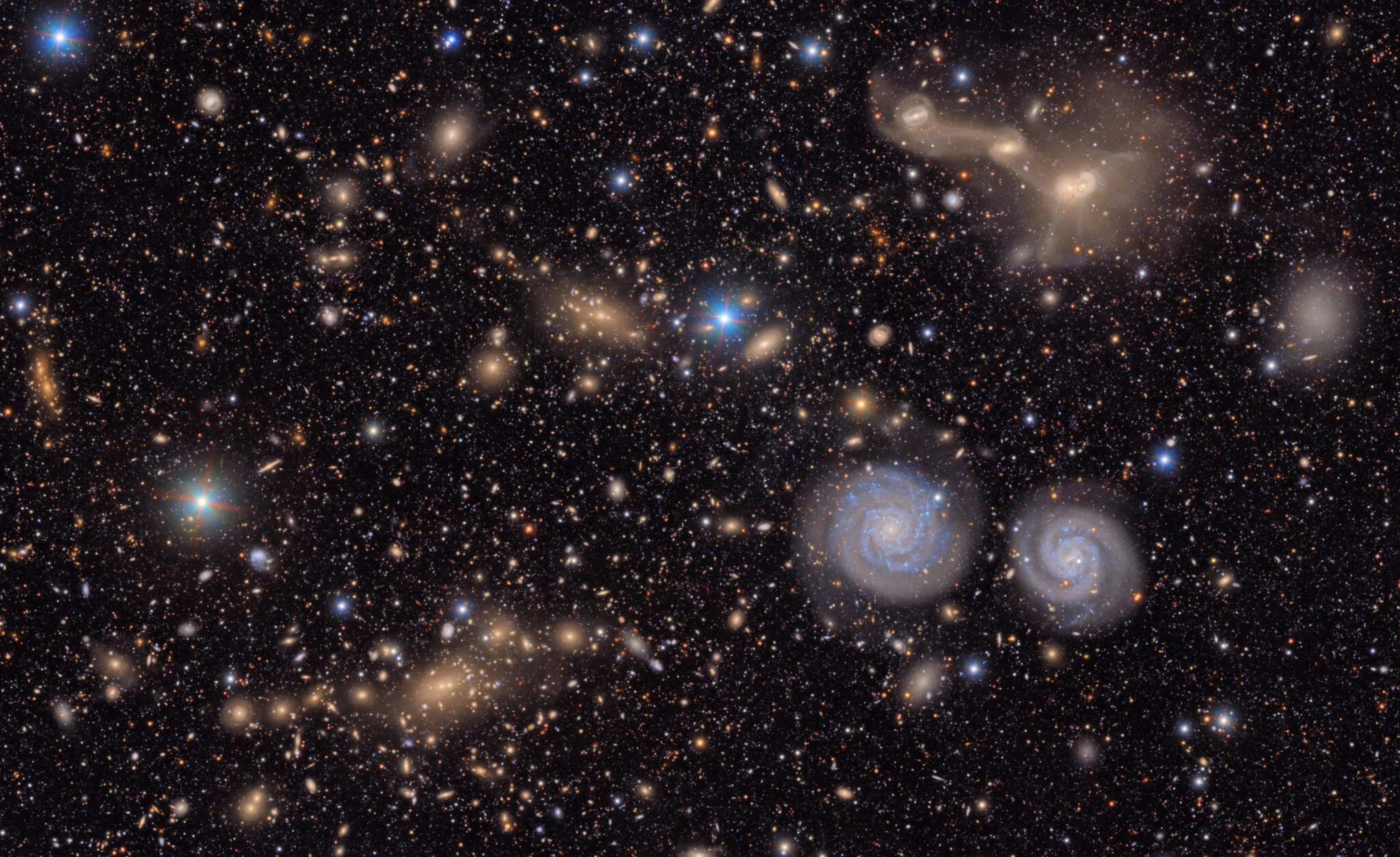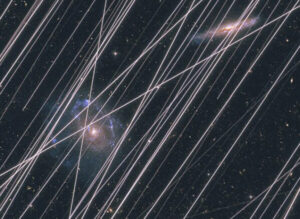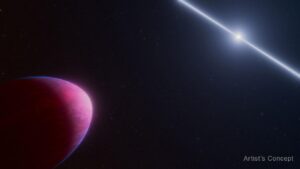If you have a favorite planet or star, you’re in good company. Astronomers who devote their lives to the study of peculiar outer space objects are all too happy to gush about the ones they like best. From the cradles of new planets to the violent graveyards of massive stars, here are some of the answers we got for the question: “What’s your favorite thing in outer space?”
A planet factory far from Earth
Yifan Zhou is an assistant professor of Astronomy at the University of Virginia, where he studies exoplanets with high-powered optical and infrared telescopes like the James Webb Space Telescope. Predictably, his favorite thing in space is a distant star with planets orbiting it.
This system, PDS 70, was “One of the first objects I have looked at for my first research project in undergrad,” Zhou says. “My analysis led to a sort of failed project. The object that we thought was a planet of PDS 70 turned out to be a background star.”
But Zhou and his advisor’s intuition that PDS 70 had planets turned out to be correct. In fact, the baby super-Jupiter orbiting PDS 70 was the first exoplanet to be directly imaged. In groundbreaking images from the European Southern Observatory, a glowing young planet carves out rings in the dust and gas accreting onto the star.
“The discovery reminded me of my undergraduate project,” says Zhou. Inspired, he led a Hubble project that tracked how quickly gas is falling onto the young super-Jupiter. He credits that work with helping boost his career. “I’m still writing proposals about it now.”
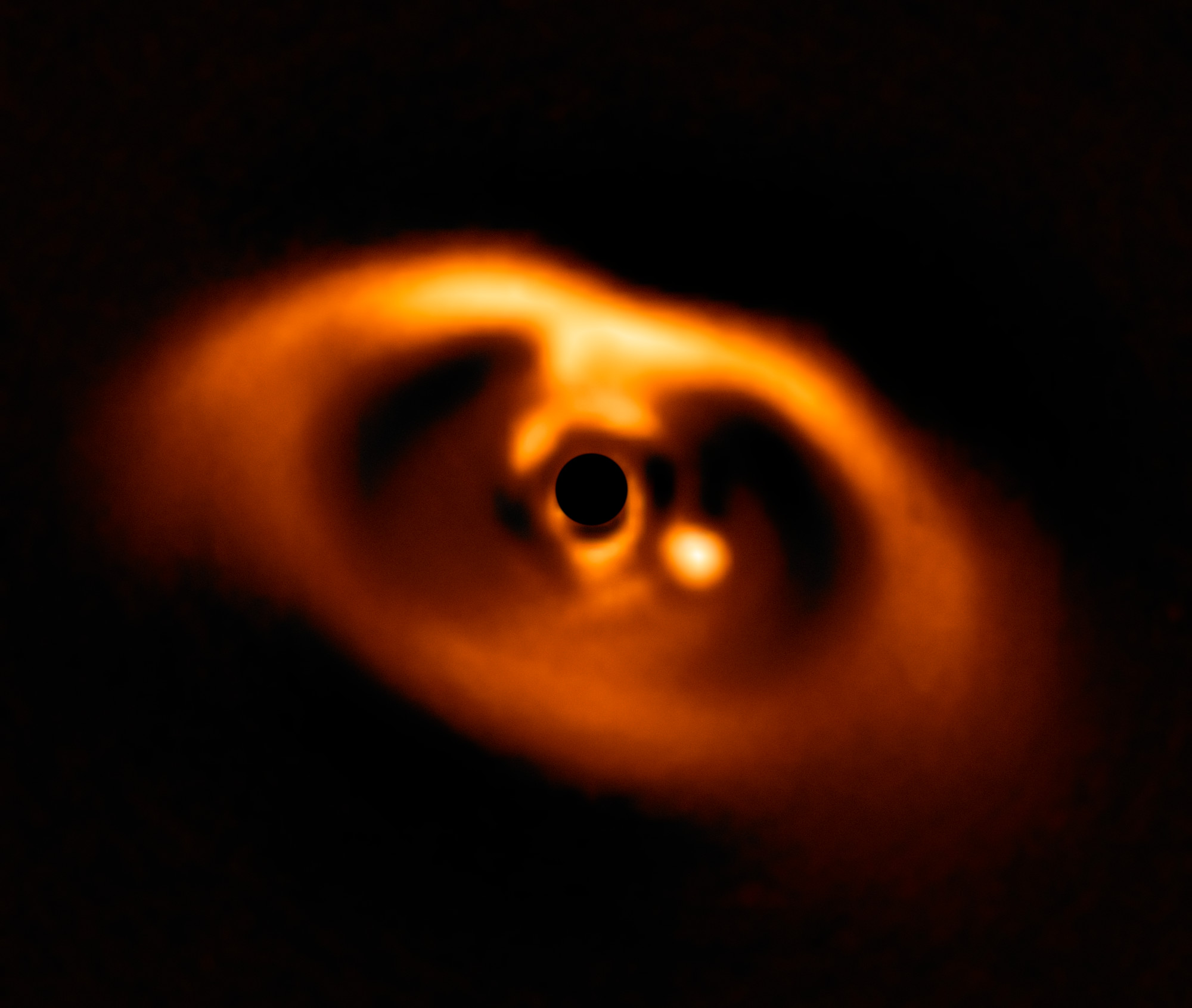
PDS 70 was the first system with a planet to be directly imaged. The black shadow in the center is from the coronagraph used to block out the star’s light. Photo: A. Muller/ESO
A star with a vaporized moon stuck in orbit
Most star systems are too far away and too faint to directly image any planets around them. Claire Rogers is a graduate student in Physics at the University of California Irvine who researches stars whose atmospheric fluctuations mimic the signs of planets. Her favorite object in space is Tabby’s Star, an exoplanet system found in the Kepler survey, which she loves for its “super weirdly shaped transits.” Transits are dips in starlight brought on by a planet passing in front of it.
The transits across Tabby’s Star are so dramatic that they inspired theories of alien civilizations.
“For a bit, people thought it might be an artificial megastructure blocking the light, but it is probably actually dust from an exomoon that got broken up around it,” she says.
Tabby’s Star is a dramatic example of a common source of confusion for planet hunters: Dips in stellar brightness that hint at planets, but might just be the star.
“Stars vary naturally in their emission, and the variations…are roughly comparable to the variations we would expect from a small planet,” Rogers explains.
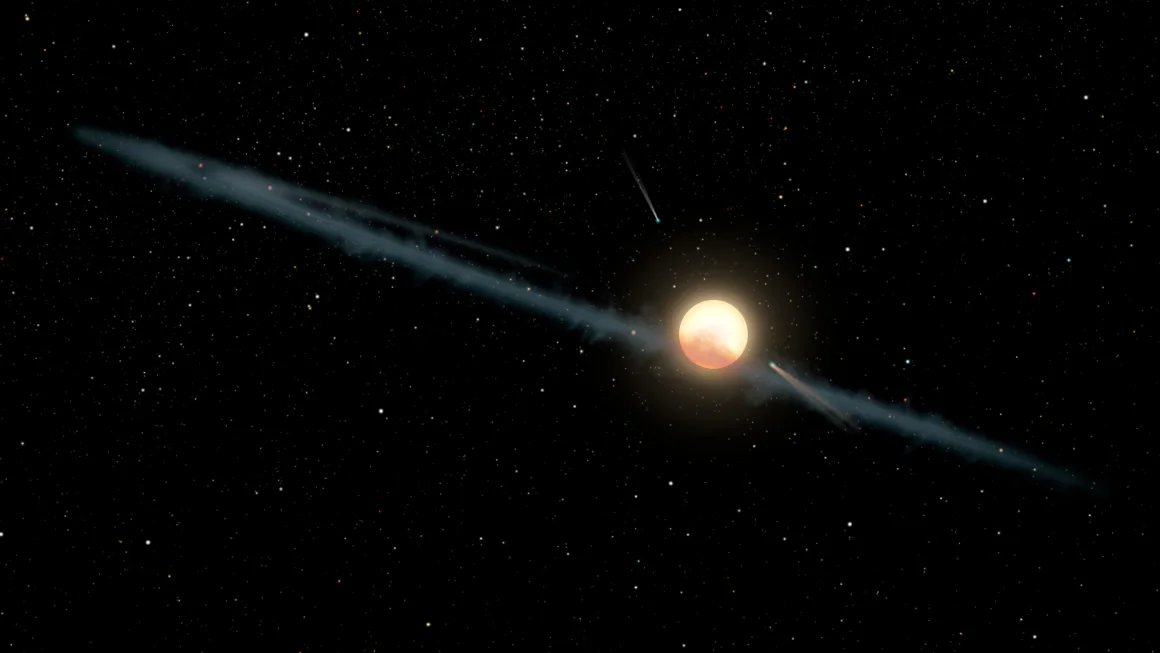
An artist’s impression of the dust left behind by a demolished exomoon. Photo: NASA/Caltech/JPL
A flashing star system hidden by dust
Dillon Dong, a postdoctoral fellow at the National Radio Astronomy Observatory in Socorro, New Mexico, picked a favorite star whose light varies even more wildly: Eta Carina.
Throughout the 19th century, the previously unobtrusive Eta Carina began to glow brighter and brighter. Once barely visible to the human eye, by 1837, it outshone Rigel. The following year, it dimmed once more. It kept fluctuating until 1845, when it rocketed up to the vaulted place of second-brightest star in the sky. Then it began to fade. By 1886, it was no longer visible at all.
This was not a supernova, those violent stellar death throes that go off in a blink and fade steadily over time. Eta Carina was inconsistent. Something stranger was going on.
“This system shows just how much we have to learn about the dramatic pre-explosion lives of massive stars,” enthuses Dong, who researches radio signals from exotic stars. “The cause of the brightening was a great eruption where the star blew out dozens of solar masses of material, forming the Homunculus Nebula.”
The dust obscures much of the inner workings of the Eta Carina system, including further evidence of what exactly happened to it in the 19th century. Many of the theories involve dramatic binary interactions. In one scenario, the system originally had three stars, and the brightening came from a collision between two of them. Another theory suggests that one star may have stolen matter from another as it passed by. It’s hard to tell, because Eta Carina is unique in our sky. No other system exhibits fluctuations so shrouded in mystery.
“The thing that really gets me is that most massive stars are in binaries, triples, etc,” says Dong. “This kind of thing surely happens all the time in the universe.”
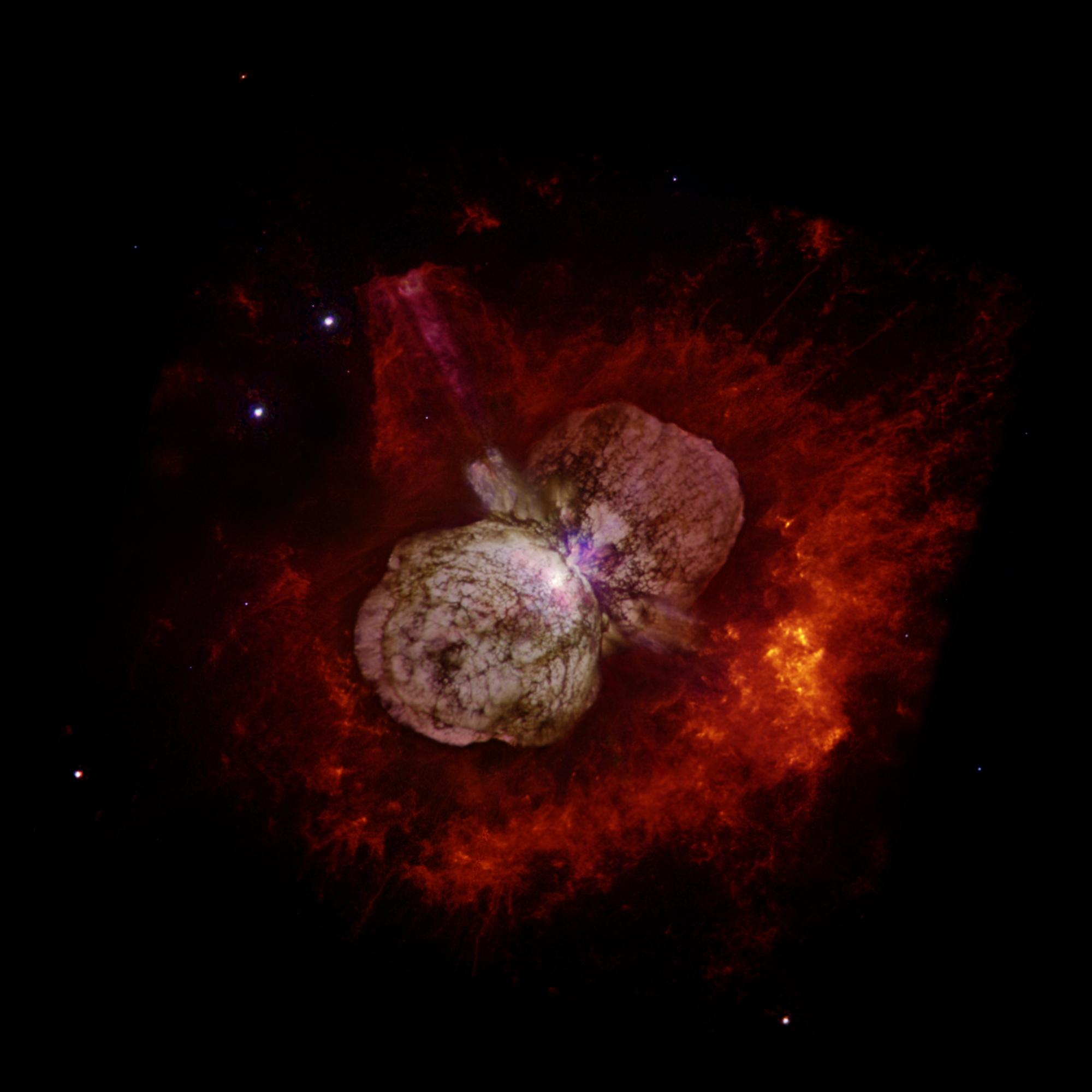
The Homunculus Nebula may have formed following the mid-19th-century brightening of Eta Carina. Photo: Nathan Smith/UC Berkeley/NASA/HST
A dramatic stellar corpse
When massive stars like Eta Carina run out of fuel to burn, they explode into supernovae and leave behind neutron stars like the memorably named 1E2259+586, the favorite object of Victoria Kaspi. Kaspi is a professor physics at McGill University and director of the Trottier Space Institute. She observed 1E2259+586 uneventfully for years before it suddenly lit up with X-ray flares, thereby helping her answer a long-standing mystery.
Neutron stars are the condensed remnants of massive stars. Within them, frictionless superfluids flow through a crystal lattice of neutrons. They weigh more than our Sun, but all that matter is packed into a ball the size of San Francisco.
Some neutron stars emit regular X-rays through magnetic activity near their surfaces. 1E2259+586 is one of these, but its period is unusually low. This source, and a handful of other slow X-ray pulsars, were the focus of conflicting theories.
One theory posited that the slow X-ray emission was driven by material trickling onto the neutron star’s surface. The other, more dramatic interpretation predicted that the rotation rate was slow because of a supersized magnetic field holding the neutron star back. This kind of theoretical object, called a magnetar, could also potentially explain neutron stars that emit sporadic low-energy gamma rays.
Kaspi monitored the slow X-ray pulsar 1E2259+586 for years with the Rossi X-ray Timing Explorer (RXTE), trying to determine its nature. “It was getting a little dull,” she says of her now-favorite source. “Then one day, the [principal investigator] of RXTE called me on the phone to say it was having major X-ray bursts during one of my observations!”
These X-ray bursts were leagues more intense than the regular, repetitive emission Kaspi had observed up until then. Only the magnetar theory predicted this kind of behavior from anomalous X-ray pulsars like 1E2259+586.
“In that instant, I knew those observations had proven it was a magnetar. It was a great feeling, a true ‘eureka’ moment.”

An artist’s impression of a magnetar and its strong magnetic field. Photo: ESO/L. Calçada
The first light in the Universe
Up till now, all the astronomers in this article have been observers who use telescopes to advance our knowledge. I was curious to know what an astronomer who works in the field of computing would pick as the coolest thing in outer space, so I asked Mariangela Lisanti, a professor of Physics at Princeton. Her simulations predict how different models for dark matter affect galaxies.
“Am I allowed to say the Cosmic Microwave Background?” she says.
Her hesitation comes from the fact that the CMB is so much bigger and more singular than other sources in space. It’s like being asked what your favorite rock is and saying the Moon. The CMB is the remnant radiation propagating through all space that has been traveling toward us since the entire universe was on fire. If you tune your TV between channels, then somewhere between 1%-10% of the static will be from the CMB. (Exactly how much depends on the frequency.)
But astronomers use the tiny variations across the CMB to probe everything from the formation of the first galaxies to how gravity behaves at the subatomic scale. It absolutely counts as a cool thing in space. It’s kind of the ultimate cool thing in space.
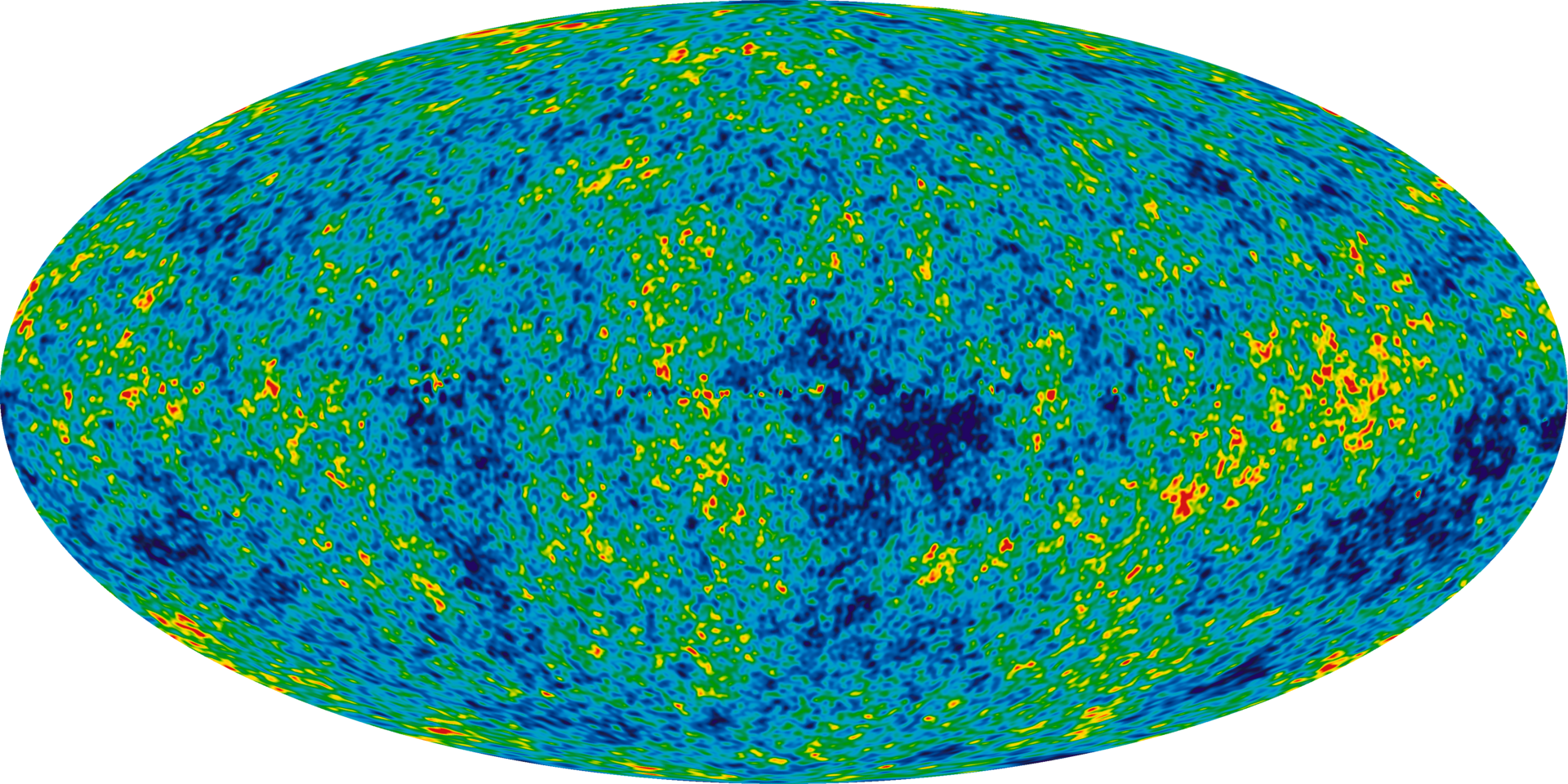
This famous map of the Cosmic Microwave Background is deceptive: in fact, the visual differences are magnified by ten thousand times their actual strength. Photo: WMAP/NASA.
